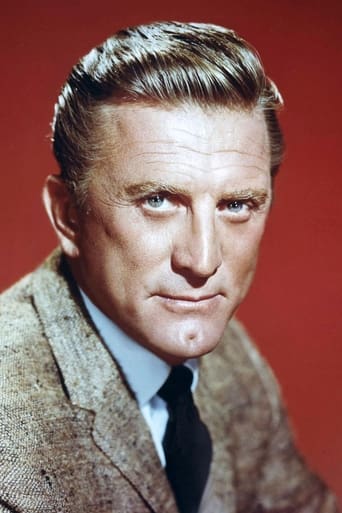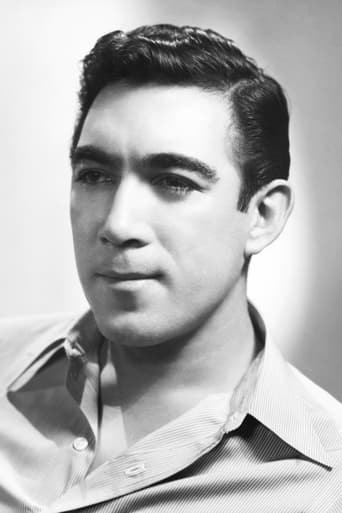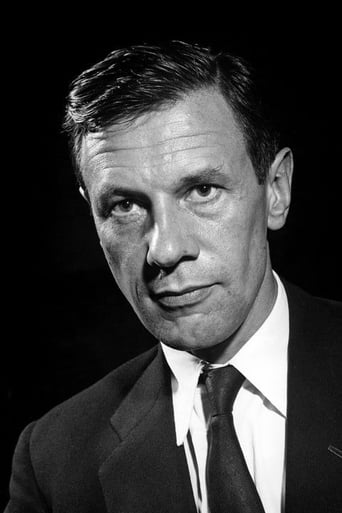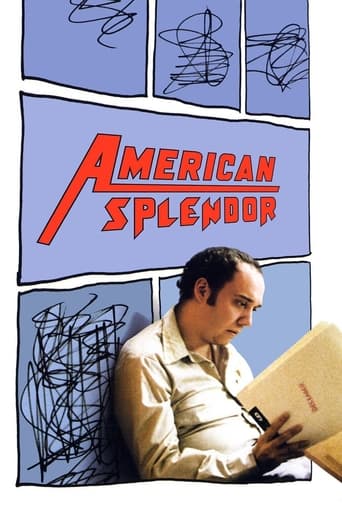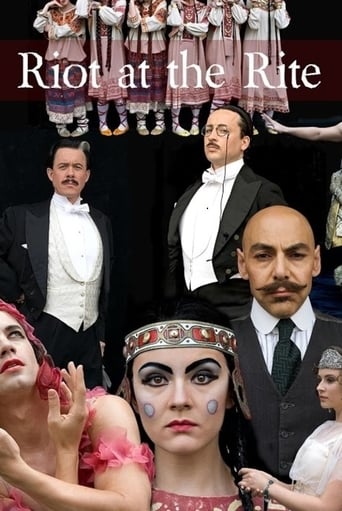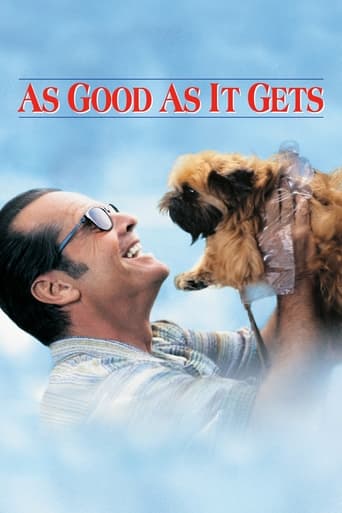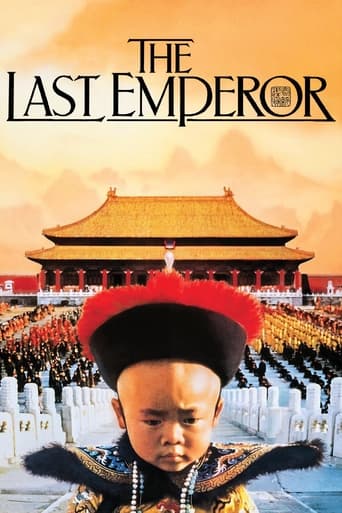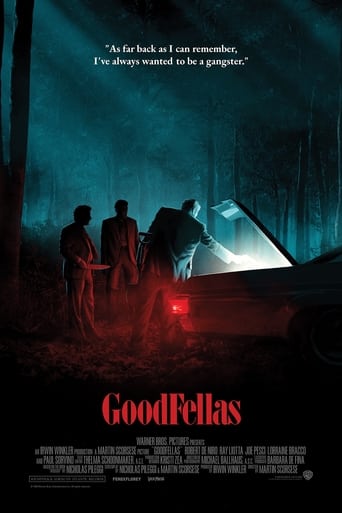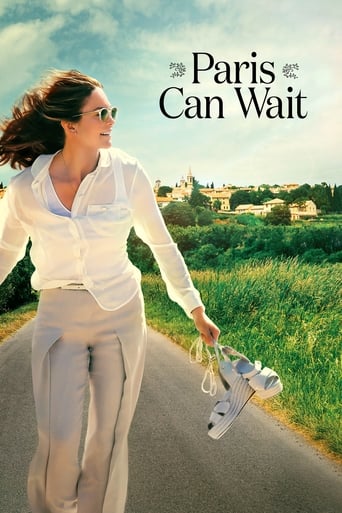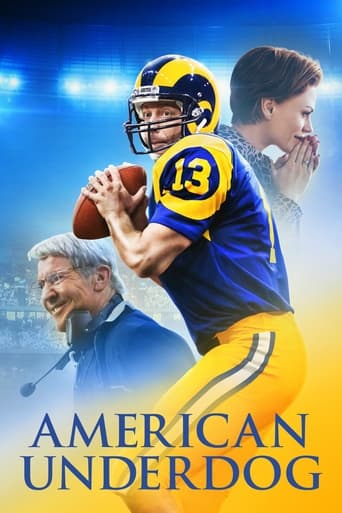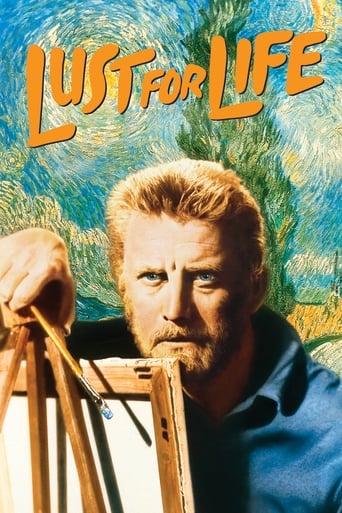
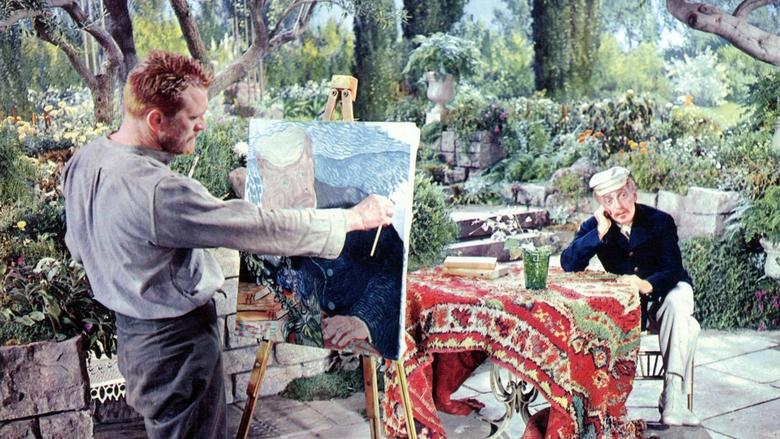
Lust for Life (1956)
An intense and imaginative artist, revered Dutch painter Vincent van Gogh possesses undeniable talent, but he is plagued by mental problems and frustrations with failure. Supported by his brother, Theo, the tormented Van Gogh eventually leaves Holland for France, where he meets volatile fellow painter Paul Gauguin and struggles to find greater inspiration.
Watch Trailer
Cast
Similar titles
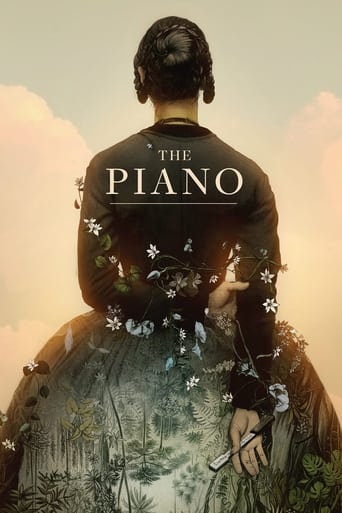
Reviews
Fresh and Exciting
I cannot think of one single thing that I would change about this film. The acting is incomparable, the directing deft, and the writing poignantly brilliant.
This film is so real. It treats its characters with so much care and sensitivity.
Great story, amazing characters, superb action, enthralling cinematography. Yes, this is something I am glad I spent money on.
One of my top 10 favorite films from the mid-20th century era. Star Kirk Douglas had previously ("Young Man with a Horn") played a character obsessed with playing improvised jazz on the trumpet, based on the self- destructive life of the jazz enthusiast Bix Beiderbecke. Many details of the life of Bix or in the novel that the film was based upon were fictionalized. Now, Douglas played another doomed tortured artist in Vincent Van Gogh. Unlike Bix, Vincent is well recognized by the general public. Unlike the film relating to Bix, this film is about as true to the historical details as can be expected for a film, especially since it is based upon an Irving Stone novel of the same title published in 1934. Douglas makes a very convincing Vincent, both in his physical appearance and in his acting. Tony Quinn was also an excellent choice for Vincent's sometimes roommate: Paul Gauguin. Besides acting, Quinn had a longstanding interest in making paintings and sculpture. James Donald is good as Vincent's brother Theo, who made Vincent's career as an artist possible with his monthly allowance to the destitute Vincent. Not included in the film is mention of Theo's death, which occurred a mere 6 months after Vincent's death, due to cerebral syphilis. We can usefully divided the film into 5 segments. The first covers his problems trying to become an ordained minister or a missionary, including his time spent as a missionary in a very poor coal town, where he had trouble relating to the people until he took to spending some time digging coal and digging through a huge pile of rejected rock that included some coal, like the women did while their husbands were down below. Covered with coal dust at times, and living in a primitive shack, the church elders were not pleased when they came to check on him. He called them hypocrites and claimed he was more Christ-like than they were. At home, he said that he didn't believe in the God of the clergymen; he believed in a God of love. That was the end of his shaky ministerial career. The second segment of the film covers the period when he has taken up art work, but only produces black and white drawings. During this period, his cousin Kay rejects his marriage proposal, which sends him into a psychological tailspin for a period. He takes up with a laundress/prostitute for a period, but she eventually leaves. The third segment covers his discovery and development of color painting, before inviting Paul Gauguin to come live and work with him.The 4th segment covers his association with Gauguin. Mostly, they quarrel about painting styles and keeping the place reasonably neat. Vincent runs after Gauguin with a razor, as Gauguin is leaving. Vincent then cuts his ear off with a knife and is laid up for a while.The final segment is his post-Gauguin life. This includes his stay at the St. Remy asylum, then with Dr. Gachet. He has periodic seizures. At St. Remy, initially, he's not allowed to paint. Later, he is allowed to paint in moderation, as painting seems to be necessary to promote his sanity. But, this does not cure his loneliness. He can't seem to relate to non-artists, and his work is a solitary one.Tony Quinn received the Best Supporting Actor Oscar for his relatively brief screen time. I think Douglas was more deserving of the Best Actor Oscar.In contrast to Vincent, Gauguin had achieved financial success in his 20s, from stock brokering and art dealing. Then, the stock market crashed and the market for artwork mostly dried up. Thus, he abandoned his family, and took up producing artwork, along with other odd jobs,often just barely surviving Today, his paintings, sell for $ millions, like Vincent's. Gauguin would eventually move to Tahiti and other islands administered by France, thus distancing himself from western society. Many of his most famous paintings were done on these islands. The novel "The Way to Paradise" is based on this period in Gauguin's life and that of his grandmother, who also had big issues with conventional society.The film lost $2,000,000.upon initial release. Perhaps its 2 hour length was too long for many, and its cost too great?Some of Vincent's best known paintings are shown periodically in the second half.Director Vincent Minnelli had previously directed Douglas in the acclaimed "The Bad and the Beautiful", about Hollywood politics. Parts of the present film were filmed in several locations that Vincent lived in.
Vincent Van Gogh (Kirk Douglas) fails as a preacher activist in a coal mining town. He returns home. He struggles against his father and his love Kay rejects him. He takes care of the homely Christine and her baby but she leaves him due to his obsessive painting. All the while, he diligently works on his art supported by his brother Theo van Gogh (James Donald). He befriends fellow artist Paul Gauguin (Anthony Quinn) and the two live together to paint. However the partnership doesn't last and he falls into a depression.Kirk Douglas is fine but the first half lacks drama. It's a simple recitation of his life with little tension. It tries to fill the blandness with Kirk's narration. The paintings are interesting and beautifully colorful. The movie gets better in the second half with the arrival of Anthony Quinn. The two artists' companionship has some compelling tension. The movie improves a bit at that point.
It is the Quiet and the Non-Verbal that Impress the Most in this Biopic of Van Gogh, because Kirk Douglas' Overripe, Very Loud Performance and an Intrusive Musical Soundtrack do Nothing to Enhance the Experience.What does are Scenes that Show the Artist, in one of the Many Moments of Intense Frustration, looks up and upon an Oil Lamp, nothing is Said, and in the Next Shot there is the Painting of the Lamp, again Nothing is Said. Plain and Profound it is a Beautiful Transition from Observation to Mind to Art.What also makes the Film Beautiful is the Original Artwork Constantly Filling the Frame and the Number of Outdoor Scenes of the Artist Reveling in His Beloved Sunlit, Natural World. Another Positive and Enlightening Aspect is the Portrayal of Van Gogh's Lust for the Human Condition and how he Transposes these Folks at Work in Back Breaking, Soul Depleting Toil to the Canvas.There are Many Good Things to Enjoy in this Movie but the Dialog, Sound, and Overacting is not Among Them. But some of that is Muted by the Color Schemes, the Settings (both indoor and out), and the Insight of the Struggle to Find Beauty, Apply that to Art that Touches People, while at the Same Time Reflecting on the Devastating Hypocrisy and Ugliness that, Especially in Van Gogh's Life, was more than He could Bare.
I've seen this movie several times now, and every time with enjoyment and great appreciation.The acting by Douglas and Quinn is truly first rate. It's a shame Douglas didn't get the best actor Oscar for which he was so deservedly nominated, but competition that year in that category was fierce. He truly makes you feel van Gogh's frightened agony, both at not being able to achieve what he wanted in his art and his fear of approaching insanity. (It ran in van Gogh's family; he knew what was coming.) But I also enjoy the great efforts made to reproduce the scenes van Gogh painted, whether in Holland, Arles, or outside Paris. That couldn't have been easy, but if you know van Gogh's work, it really adds to the effect the movie makes.There are times when the characters speak like an art history textbook - though those painters did love to discuss their theories on art, as you see in their letters.Still, I consider this to be one fine movie. Whether it gives an accurate depiction of van Gogh or Gauguin is beside the point. It's based on a novel by Irving Stone, who didn't hesitate to change facts to make for a book that would sell; it's not a BBC documentary, and shouldn't be judged as such. It does a great job of showing us the torments of a great painter, and gives us some idea of what van Gogh was up to. That's more than enough for me.
